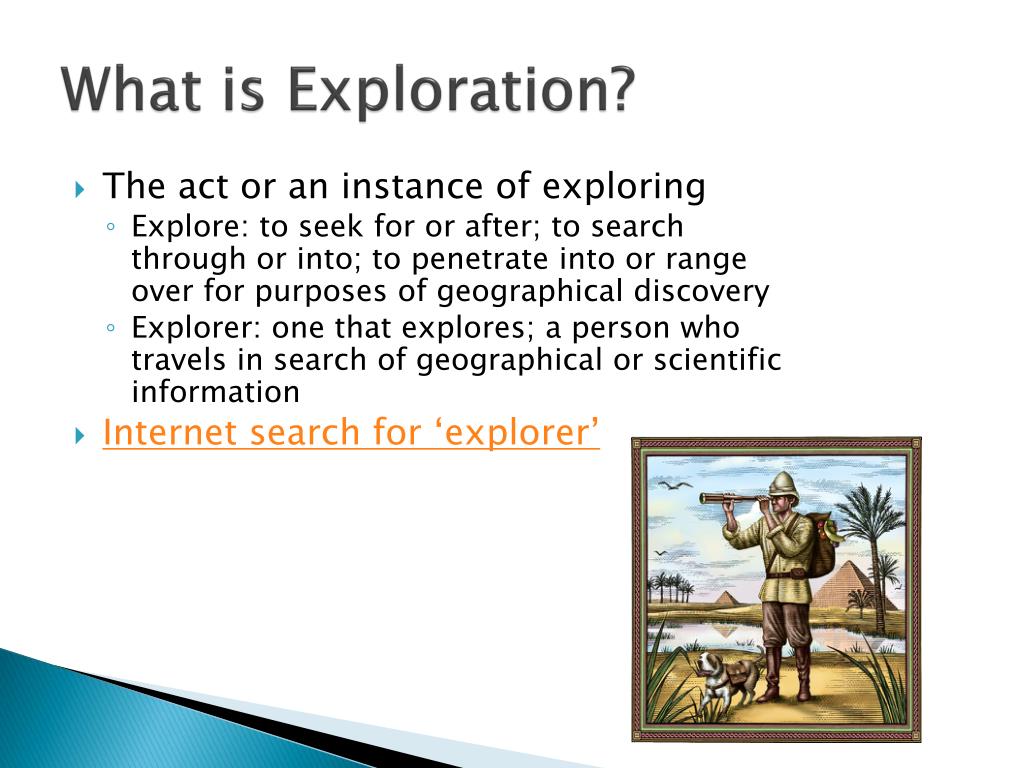
The French Empire, led by Jacques Cartier and Giovanni da Verrazano, focused predominantly on North America. Charged with training and recruiting navigators and managing the country’s map collections, he held the position until he died of malaria in Seville on February 22, 1512, at the age of 58. Spanish exploration of the New World was led by Christopher Columbus and Juan Ponce de Leon, who invaded and colonized great parts of what would become South, Central, and North America. Vespucci, who became a naturalized citizen of Spain in 1505, was given the prestigious title of master navigator of Spain in 1508.

This map, often referred to as “America’s birth certificate,” marked the usage of the name “America.” The term “America” first took shape in 1507, when German cartographer Martin Waldseemüller drew a map of the newly recognized continent and labeled it “Americus” in Vespucci’s honor. The letters brought Vespucci fame (although some believe the letters are fake). There are varying accounts and unconfirmed reports of Vespucci undertaking a third voyage to the New World in 1503, also in the name of Portugal.Īlthough Vespucci’s discoveries were not considered highly significant at the time, the publication of his correspondence with friends and colleagues chronicling his voyages, known as the “Vespucci Letters,” played a pivotal role in dispelling the belief that Columbus had reached Asia. Realizing that he was not in India or on an undiscovered island but on a separate continent across the Atlantic Ocean, he dubbed the land Mundus Novus, or the New World. Once again, he observed unfamiliar constellations, unexplained equatorial currents and an absence of the riches he expected to find in India. Sailing along the Brazilian and Argentinian coasts, Vesupucci ventured further south to present-day Rio de Janeiro and the La Plata River. In May 1501, Vespucci embarked on another voyage, this time under the patronage of King Manuel I of Portugal, again seeking passage to India. In a letter recounting the journey, he wrote of discovering “an infinite number of birds or various forms and colors and trees so beautiful and fragrant that we thought we had entered the earthly Paradise.” Explore millions of global military records on Fold3®, including many from WWII and the US Civil War.


He also documented the diverse flora and fauna, made extensive observations about the indigenous tribes he encountered and described what he thought was the Ganges River, but is now known to be the mouth of the Amazon River. During the voyage, Vespucci charted the constellations, noting their differences from those seen in Europe. Led by Spanish explorer Alonso de Ojeda, they set sail from Cadiz, Spain, in May 1499 and reached the northeastern coast of South America.ĭespite their belief that they had arrived in Asia, Ojeda explored the coast of Venezuela while Vespucci ventured south to coastal Brazil. Fueled by his own passion for discovery, Vespucci joined a Spanish expedition while in his 40s, serving as an astronomer and mapmaker in search of a passage to India.


 0 kommentar(er)
0 kommentar(er)
